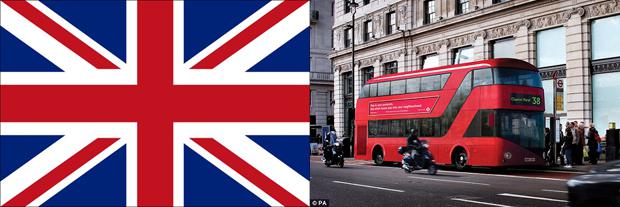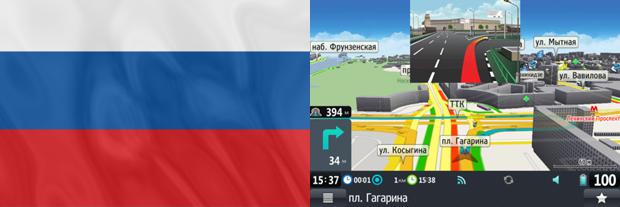A world without traffic jams in various countries are struggling with traffic congestion
 Bashny.Net
Bashny.Net

in the metropolis of the XXI century is not a luxury car, or even a means of transportation, and real estate - the larger the city, the more traffic congestion. What are the ways to fight congestion invent residents of different countries - we learn in today's review. In Leipzig (Germany), the city government has successfully transplanted most of the motorists on the trams and trains. These officials decided at once and the problem of congestion and environmental problems. In April 2012, all the drivers were given the right to ride for free on public transport on presentation of PTAs. And the benefit is extended to the family motorist. Leipzig - a small town, so there is this idea has taken root well. In larger cities, where the distance point "A" to point "B" at times more, not many dare to get to work on a leisurely tramvae.

In London, the center was able to reduce the workload on the initiative of Mayor Ken Livingstone (he led the British capital from 2000 to 2008). The mayor was able to reduce the cost of public transport by the introduction of a single card Oyster card. Ken Livingstone also introduced on the streets of the priority bus lanes. Since 2003 it was organized by the paid entrance to the central regions - Westminster, Soho, the City and the West End. The load on urban roads with the introduction of these measures decreased by 15% .

In a similar way he was chosen by New York Mayor Michael Bloomberg (led the city from 2001 to 2009). In New York, there was more than 250 km of cycle paths and increased the number of bus lines. The main street of New York - Broadway - became closed to avtotransporta.

In Russia, most of the traffic jams plagued Moscow. The capital authorities are embracing the experience of European countries: provide leased lines for public transport, increasing the capacity of roads and build multi-level interchanges. And motorists are currently set for smart phones and navigators of the program with a "cork services" that get through the Internet data on the state of the road and is displayed on the map all the congestion, paving the route, bypassing them. The most economical in terms of consumption of Internet traffic is considered to be the mirror service in the navigation program "Progorod". For download information about traffic jams every hour spent there about 50 cents - for comparison, plug in the "Navitel" spend for the same time about 13 rubley.

In Tokyo, one of the most advanced cities in the world, the problem of congestion on the ground is solved by a very complex interchanges. In central Tokyo, there are even five-level interchange, which now and then fall into the ratings of the most unimaginable ways in the world. In Moscow, too, threatening to build a multi-level interchanges, and then the residents and guests of the capital of such a function is very useful navigational programs like Junction View. The essence of this service is as follows: when approaching the complex junction or intersection, the application displays a photorealistic image indicating the direction of travel. This feature is in many navigation programs, including the "Progorod" such tips are more than 5600 across Rossii.

Pretty creative way to deal with traffic jams used in Athens (Greece). There weekdays vehicles with even-numbered entry to the center is permitted only on even days and odd-numbered - at nechetnym.

In Paris also actively support public transportation. There are lanes for buses and taxis are all the main thoroughfares of the city. Over the entrance to a lane motorist faces a fine of 35 euros, if not denial prav.

A range of measures is applied in Seoul (South Korea). There are bus routes connected with the metro system, so that the change from bus to subway or vice versa takes about 2 minutes. At the same bus on the road have an advantage over the private road, and this rule is observed in the majority of sluchaev.

Source: mirfactov.com/
Tags
See also
Apple candy without sugar: how to cook a healthy treat
As I passed the practice in England.
The word "hello" in 37 languages: say hello to the world! Such a native, but so different ...
15 most bizarre people in Russia
As in many countries cats beckon
Here's how in different countries beckon cats!
John Fowles: Freedom of will in a world without freedom is like a fish in a world without water
Children's world of the Soviet period (57 photos)
What a disaster for the country was the war in which Russian Russian killed.
Syroedenie.Mir without cancer and vitamin B17 - Edward Griffin (. 1974) Look!

















